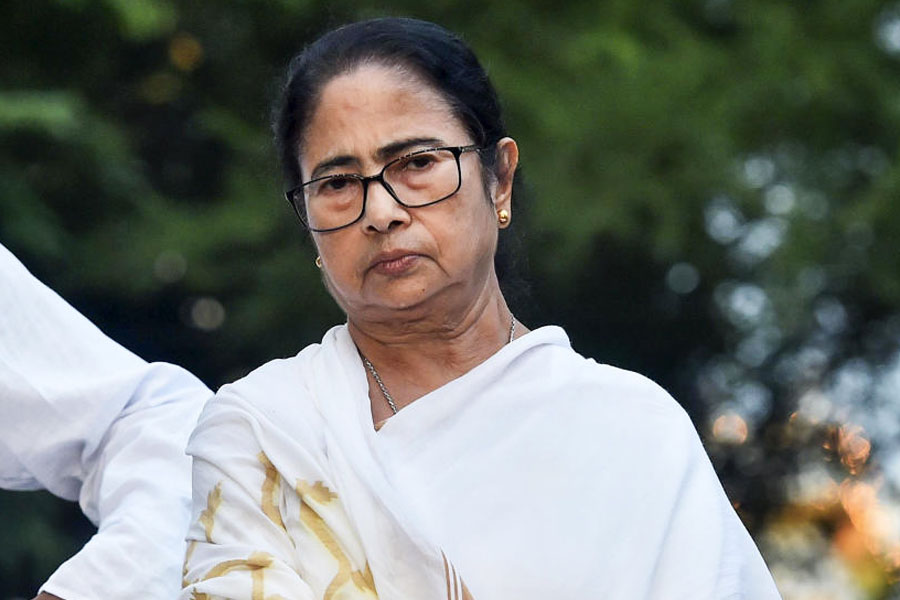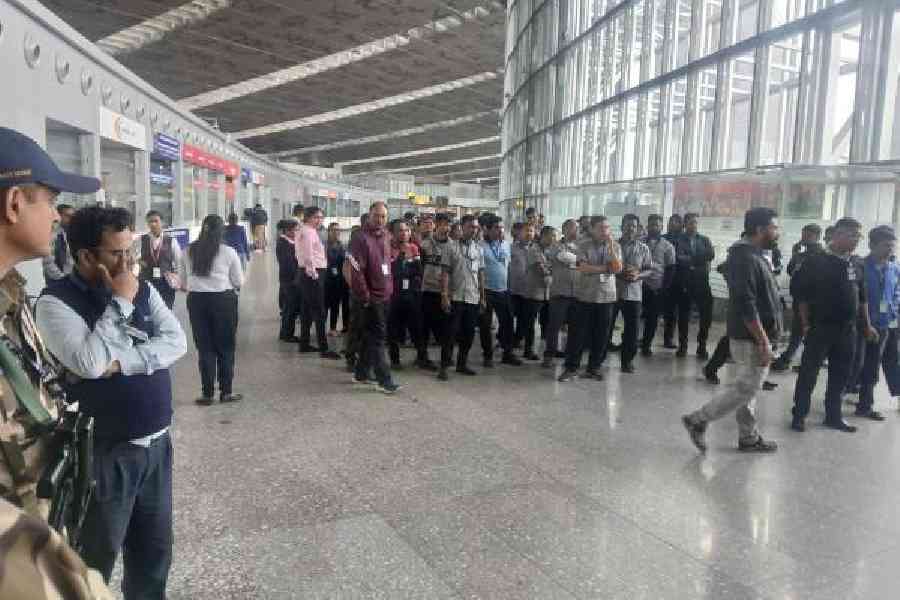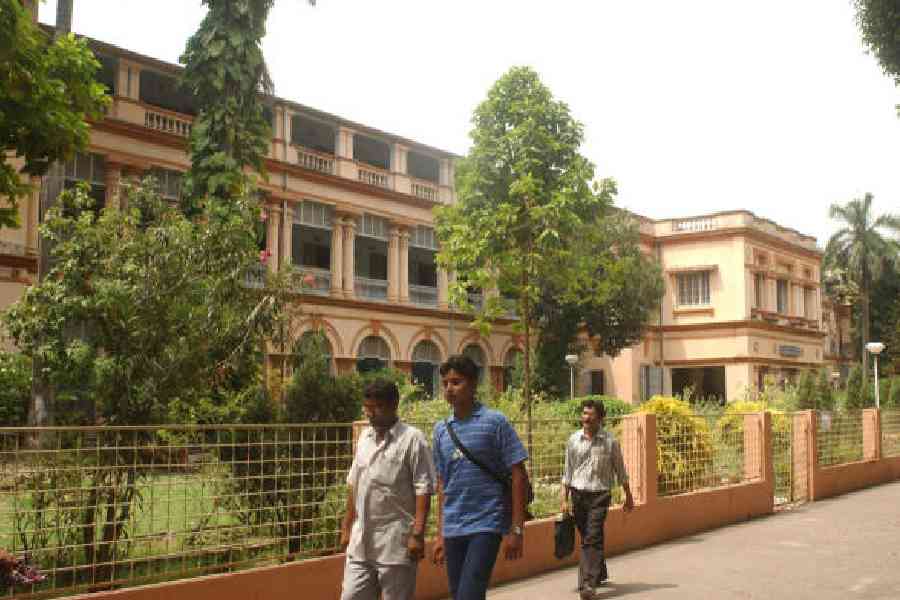 |
 |
 |
| Desi touch: (From top) Scenes from Spider-Man 3; I Am Legend and Krrish which matched Hollywood in technical excellence |
Will smith is busy playing a legend these days. As Robert Neville in the film I Am Legend, Smith is trying to save himself from a nightly attack by bloodthirsty vampires who have taken over the world.
Back in India, an expert creative and technical team at Chennai-based Imageworks India is working overtime on the visual effects of the film, trying to integrate live-action footage with computer generated imagery. The prime objective is to make it all look and feel real — and give the American film industry a glimpse of all that can be done in India.
India is seemingly ready to take over the post-production headaches of the film industries in the West. Post-production is seen in some circles as one of the most vital aspects of film-making. It is in this stage that technology reigns supreme as raw footage is converted into a finished motion picture. Editors splice all of the usable scenes together into a coherent storyline according to the script. Composers add background music while the special effects teams integrate live-action footage with computer-generated images to enhance the dramatic impact of a scene. Filmmakers today rely heavily on the ability of post-production teams to create technologically sound, action-oriented, marketable films.
And that is why several companies in India are focussing on different aspects of post-production for Hollywood films. I Am Legend, slated for a December release, is one of the many films being touched up in India. Films such as Spider-Man 3, 28 Days, The Ghost Rider and Click have had substantial Indian input as well. That explains why business process outsourcing (BPO) is now a phrase Hollywood is pretty familiar with.
Cost and quality are the driving forces that have triggered the move. And India will soon be a preferred postproduction destination of the world, predicts Namit Malhotra, managing director of Mumbai-based Prime Focus, which executed the simulated bombing of London by using aerial shots for the post-apocalyptic horror film, 28 Days.
“First, India has a strong local film industry. Second, Hollywood’s needs of digital post-production are growing at a very rapid pace and the supply is unable to keep up with the demand. And finally from the global point of view, India is cost effective,” Malhotra says.
But cost, underlines Krishnakant Mishra, the creative director of Imageworks India, cannot be the only determining factor. “We have to continue to deliver extremely high quality work at an affordable cost and within a given time-frame,” he says. Mishra has worked on the visual effects of 12 international projects and was creative supervisor for the work performed in India for The Lord of the Rings: Return of the King.
“We have to work in tandem with the director and supervisors who conceptualise while we execute the work here in Chennai. But every sequence is a challenge as it involves a blend of 3D imaging, high-end digital compositing, animation, the ability to make scenes seamless and match the real,” elaborates Mishra.
The post-production market in Hollywood is estimated at about $5 billion. The high requirement of visual effects for new projects and multiple format deliveries for the new media markets have resulted in an increased demand for digital services. That’s perhaps why even foremost production houses in India such as Adlabs Films of Mumbai are enhancing their post-production facilities.
“The process of post-production outsourcing has begun. There is certainly a future in that. So we have already started upgrading our systems, focussing on hardware and training personnel,” says Manmohan Shetty, who heads Adlabs.
Prime Focus already has a business plan in place. It has acquired stakes in two UK-based companies — VTR, a media company that specialises in back-end visual effects, and Clear, a digital effects and animation studio. “We are now set to combine the creative and technical superiority of London with the cost advantage of India. Teams in India and the UK now work jointly on the projects. Clients are happy and they keep coming back,” says Malhotra.
Technology, clearly, is one of the baits that will impact outsourcing. Digital intermediate (DI) service — a process whereby a film gets converted to digital format, is digitally corrected and enhanced in terms of look and feel — is one area in which the Mumbai-based Prasad Group, touted as the largest post-production services provider in India, excels.
“When a film is put through the DI process, the film-maker has more control over the content. That helps especially if the film has a lot of special effects. It also increases longevity as opposed to analog films,” says Jaiprakash Naidu, executive director of Prasad Films Laboratories. Hollywood has gone the DI way but with DI being made available by the Prasad Group at one-third the Hollywood price, evidently it will be a gain-gain situation for the East and West.
Prime Focus, too, has upped its technology ante. It is the only company which provides Milo motion control services in Asia whereby 40 cameras can shoot a sequence, the frames of which can be aligned for the final shot. At present, it has on offer a new camera technology called 3-Perf shooting which not only adds quality to the filming process but also saves film-makers 25 per cent of the costs in stock and processing.
Indian companies are leaving no stone unturned to cash in on post-production offshoring. Sources in the industry predict that the Indian visual effects market, poised currently at $15 million, is expected to go up to $85 million in two years’ time with offshoring adding substantially to the burgeoning domestic market.
“Outsourcing will definitely grow to large volumes — provided India delivers quality on time and economically. But the domestic market is equally important,” says Krishnan Mohan, head, corporate communications of the Prasad Group. He points out that the Group is working on various overseas projects, but it’s the Hindi film industry which provides its bread and butter.
It was the Prasad Group’s Chennai-based EFX Studio which walked away with all the praise for 90 minutes of special effects in the Bollywood blockbuster, Krrish. “Hollywood’s visual effects supervisors Craig Mumma and Marc Kolbe — of Independence Day and Godzilla fame — zeroed in on the studio,” says Rakesh Roshan, who produced and directed the film. A team of 60 Indians slogged for well over six months on 1,200 digitally manipulated shots, a first in the Hindi film industry.
Roshan was worried how the final product would shape up. “I was a bit tense as to whether it would match Hollywood standards,” he says. But once he saw the film, all his apprehension disappeared. “It was not ‘like’ Hollywood — it ‘was’ Hollywood. And that too at nearly half its cost.” Understandably, Roshan — at the moment working on the script of a sequel to Krrish — has his eyes set on India for its post-production work.
Evidently, he isn’t the only one looking eastwards. Outsourcing has found a taker in Hollywood. So, as Will Smith battles the vampires in I Am Legend, India will have to battle as hard to turn into a legendary post-production destination.










